Discover the delightful world of Natto Mochi, a cherished Japanese delicacy renowned for its blend of chewy mochi and savory fermented soybeans. This article explores the origins, preparation methods, cultural significance, and health benefits of this dish, offering insights into why it remains a beloved treat in Japan. Whether you’re curious about its unique taste or intrigued by its role in Japanese traditions, this exploration promises to unveil the nuances that make this dish a cherished culinary delight. Join us as we uncover the secrets behind this iconic dish.
What is Natto mochi?

Natto mochi is a traditional dish originating from Keihoku, Kyoto. It involves grilling a large round mochi until its surface browns, then stretching and wrapping it around like a gyoza dumpling. Inside, it’s filled with natto seasoned with salt (some regions may add sugar or brown sugar), and finally sprinkled with soybean flour. This creates a flavorful combination where the chewy rice balls mplements the savory, sometimes sweetened natto filling, offering a unique taste and texture experience.
Natto Mochi History
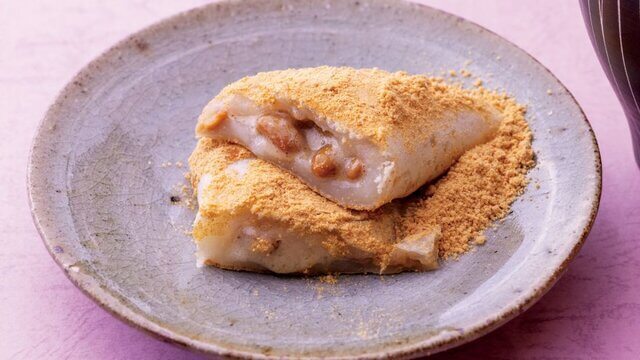
In the Keihoku region, situated along the Kamikatsura River basin, historical ties to the imperial capital are deeply rooted. During the construction of Nagaoka-kyo and Heian-kyo, timber was transported via rafts along the Katsura River. Yamaguni-sho, now Yamaguni in the Kuroda area, belonged to the Imperial Court’s Repair Department since the Heian period. It remained under direct imperial control as “imperial land” until the Meiji Restoration, continuing to supply timber to Kyoto.
Locally, this dish holds significance as a traditional dish enjoyed by the Yamaguni-tai. This community, historically linked to the Imperial family since the Heian period, served as guardians to the Imperial Court. During the Boshin War at the end of the Edo period, the Yamaguni-tai, comprised mainly of farmers, joined the Imperial Army. “Nattomochi” became a favored local dish among the Yamaguni-tai, cherished and widely appreciated by loyal soldiers of the emperor.
Natto mochi is easy to eat
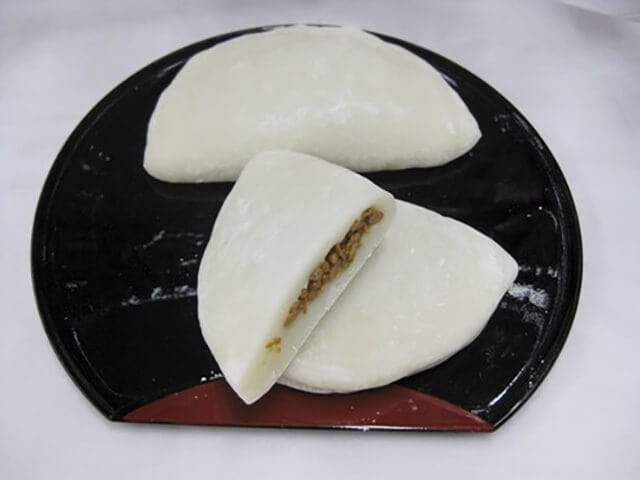
This dish is conveniently sized for easy eating, fitting neatly into the palm of your hand. In earlier times, it used to be as large as one’s face and was traditionally consumed over the first three days of the New Year. As it hardened over time, it was lightly grilled to enhance its aromatic fragrance. These initial days of the year also provided a brief respite for women who prepared daily meals. The name “Amigasamochi” was selected because of its resemblance to a hat made from igusa or straw, highlighting its cultural and aesthetic significance.
Natto Mochi FAQ
- What are the health benefits of eating Natto Mochi?
Nattomochi offers several health benefits due to its two main ingredients. Natto itself is rich in protein, vitamins, and probiotics, which are beneficial for digestion and overall gut health. The fermentation process also enhances nutrient absorption. Mochi, made from glutinous rice, provides carbohydrates and a satisfyingly chewy texture.
- How is Natto Mochi enjoyed in Japanese culture today?
In modern Japanese culture, Nattomochi is enjoyed both as a traditional snack and as part of seasonal celebrations. It is commonly found in specialty shops, local markets, and during cultural festivals, where it is appreciated for its cultural significance and unique taste.
Natto Mochi Recipe
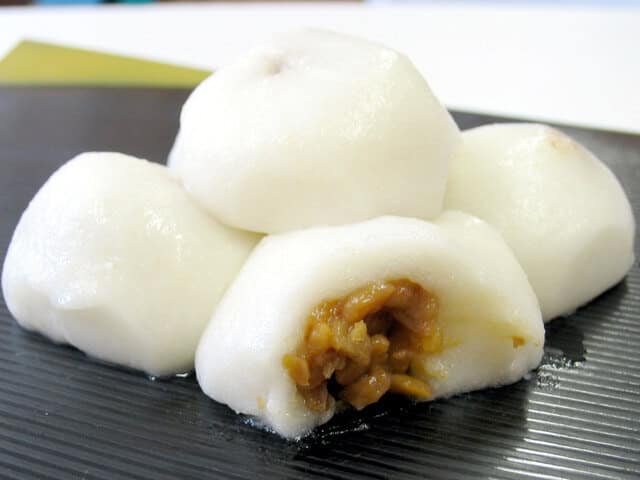
Ingredients
| Ingredients for 5 persons | Measurements |
|---|---|
| Round rice cake | 120g |
| Natto | 100g |
| Salt | 2g |
| Brown sugar | 27g |
| Kinako | 14g |
How to make Natto Mochi?
Place the grilled rice cake on a surface dusted with kinako (soybean flour). Roll it out into a thin circle to cover the browned parts evenly.
Mix salt into the natto thoroughly.
Spread the salted natto onto half of the prepared mochi from Step 1. Fold the mochi over the natto and shape it into a compact form. Optionally, spread brown sugar on top of the remaining mochi from Step 1, fold it in half, and shape it into another natto mochi variant (with brown sugar).
Where to buy Natto Mochi?
Roadside Station Springs Hiyoshi (道の駅 スプリングスひよし)
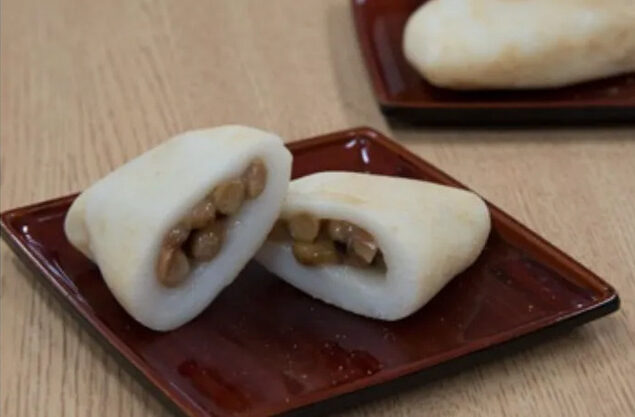
Natto mochi is from the northern part of Kyoto City, but in Nantan City, it has been a tradition for the head of the household to get up early in the morning on New Year’s Day to make nattomochi and serve it to his family. They usually sell these in the specialty products corner of the “Roadside Station Springs Hiyoshi,” as well as selling “nattomochi udon” at restaurants.
Takeaway
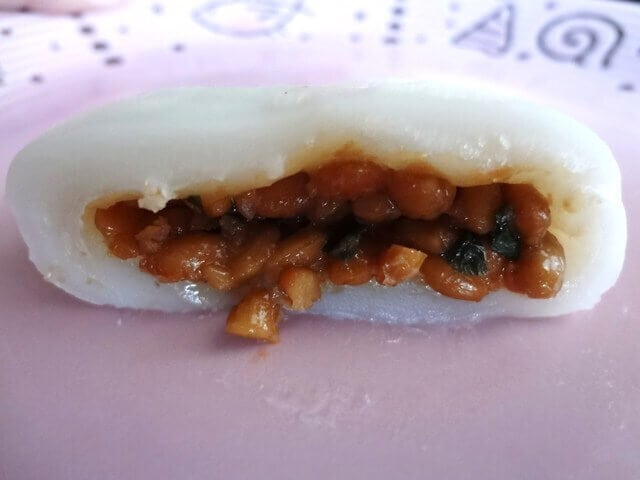
Whether you’re savoring its unique taste or exploring its cultural significance, Natto Mochi serves as a gateway to appreciating the craftsmanship and tradition behind each bite. Embrace the journey of discovery and continue to savor the essence of this dish.
If you would like to try out other dishes in Japan, we recommend you to try Mochi and Natto!



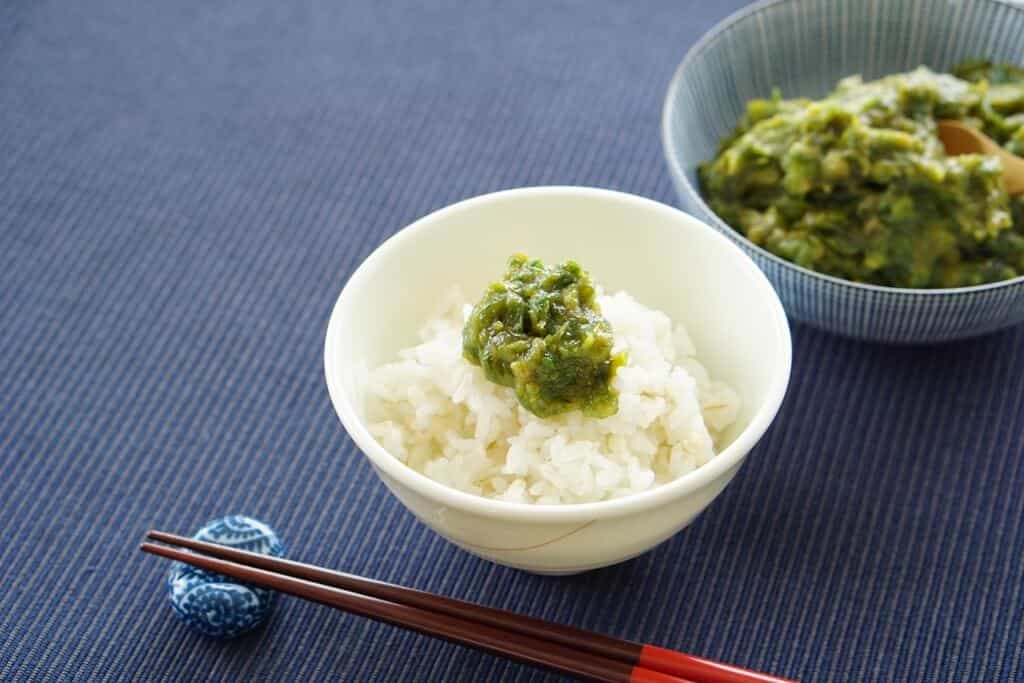
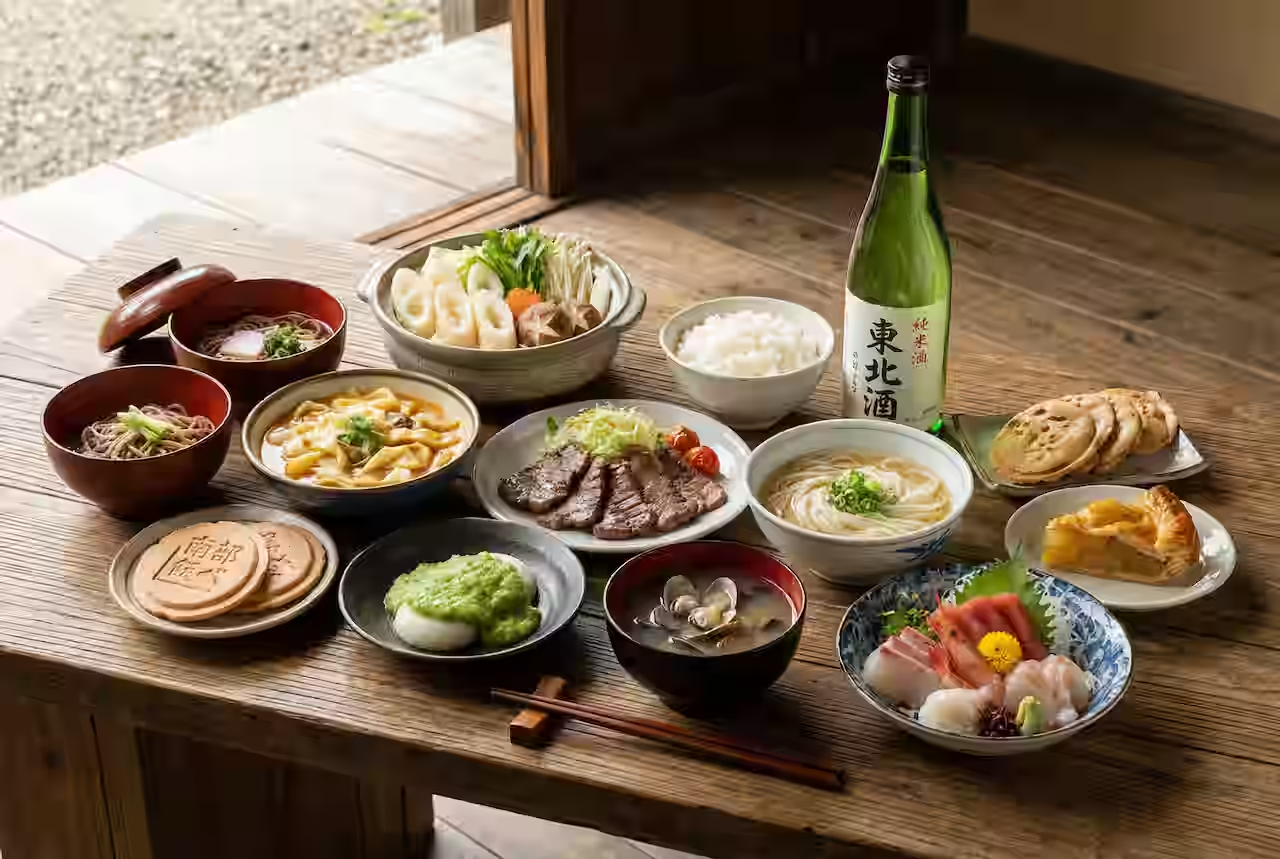

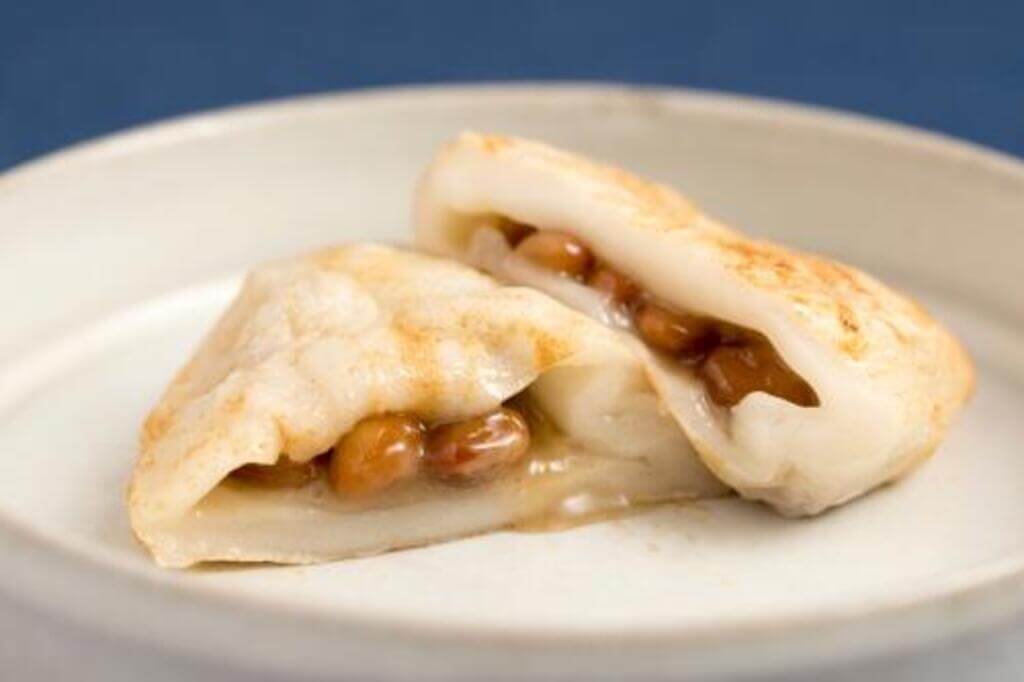

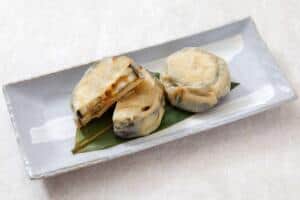

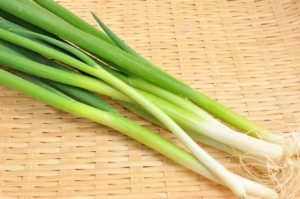
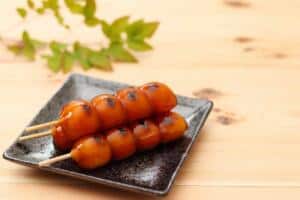
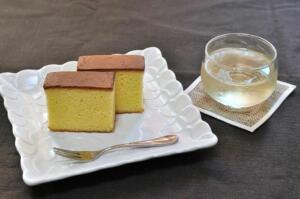
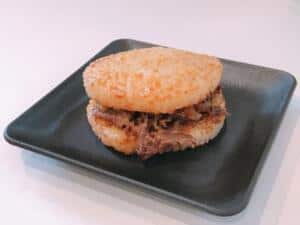

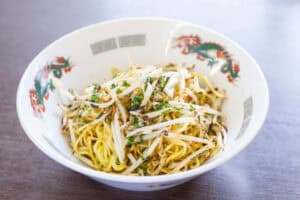
Comments